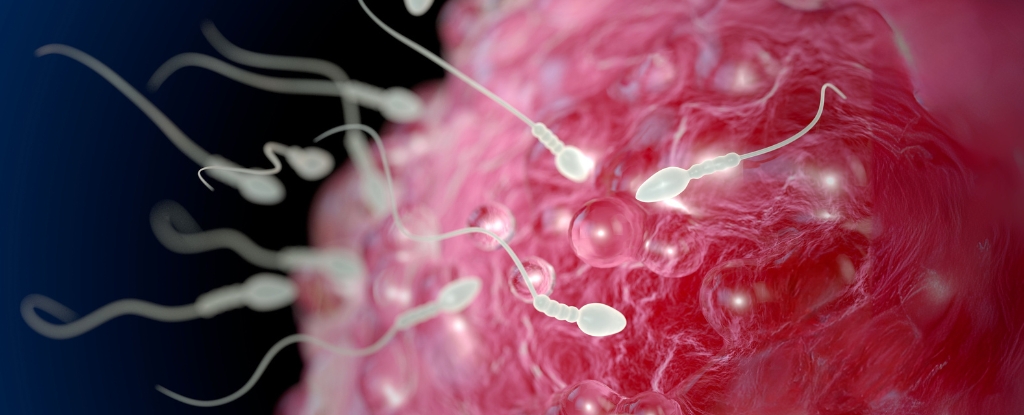Investigation and Findings
Case Identification
A confirmed outbreak-associated case was defined as a laboratory-confirmed infection with S. Typhimurium with allele code SALM1.0 – 6745.4.2.1x that is closely related based on whole-genome sequencing (WGS) to other isolates in the same outbreak,† in a person with symptom onset (diarrhea, fever, vomiting, or abdominal pain) during September 15, 2023–May 4, 2024. This period covered approximately 1 week before the first known illness onset through the end of the outbreak monitoring period, determined by the last known onset date plus additional lag time in days to account for delays in WGS and identification of confirmed outbreak-associated cases. A probable case was defined as laboratory-confirmed Salmonella infection without serotype and WGS results and with symptom onset during September 15, 2023–May 4, 2024 in a person who reported consuming brand A raw milk within 7 days before symptom onset. CDPH sought to identify outbreak-associated cases through review of California standardized salmonellosis case report forms for raw dairy product exposure and by searching PulseNet,§ CDC’s national molecular subtyping network for enteric disease surveillance, for clinical isolates related to the outbreak strain by WGS. Cases outside California were confirmed by WGS and identified in PulseNet.
CDPH requested, via email, that California LHDs and states with cases identified via the process described above reinterview patients using a supplementary questionnaire in paper form or in the REDCap electronic survey hosted at CDPH (2,3). The supplementary questionnaire contained questions about raw dairy product exposures, including the type of product, brand, purchase location and date, availability of leftover product for testing, and other exposure details.
The percentage of patients with confirmed cases who reported exposure to raw dairy products was compared with the background percentage of persons who reported raw dairy product exposure in the general population of the California catchment area included in the 2018–2019 Foodborne Diseases Active Surveillance Network Population Survey (4), using the binomial probability model; p-values <0.05 were considered statistically significant. CDPH deemed this activity routine public health response and not research, and it therefore did not require institutional review board review.
Patient Demographic and Clinical Characteristics
The investigation identified 171 salmonellosis cases in California and four other states, including 159 (93%) confirmed and 12 (7%) probable cases (Figure). Known illness onset dates ranged from September 21, 2023, through March 11, 2024; 140 (82%) cases occurred during September and October 2023 (median onset date was October 11, 2023). The distribution of the cases was consistent with a continuous common source outbreak (5).
Cases were identified from five states: 167 (98%) occurred across California, in 35 of California’s 61 local health jurisdictions, and one case each was reported from New Mexico, Pennsylvania, Texas, and Washington (Table). The median patient age was 7 years (range = 9 months–87 years); 67 (39%) cases occurred in children aged <5 years, 40 (23%) in children aged 5–12 years, and 13 (8%) in adolescents aged 13–17 years. Overall, 108 (63%) patients were male, and among 136 (80%) with information on race reported, 105 (77%) were White. Among 162 patients with hospitalization information available, 22 (14%) were hospitalized, including 18 (82%) who were aged <18 years. No deaths were reported.
Reported Raw Dairy Product Exposure
Information on raw dairy product exposure was available from case report forms or supplementary questionnaires for 91 (53%) patients; among these, 79 (87%) and 12 (13%) had illnesses that met the confirmed and probable case definitions, respectively. The remaining 80 (47%) patients with confirmed salmonellosis either could not recall their exposure history or were lost to follow-up. Among the 91 interviewed patients, 72 (79%) reported consuming liquid raw milk products, including raw milk (71) and raw heavy cream (one); 67 (93%) of these patients reported consuming brand A raw milk or raw heavy cream during the 7 days preceding illness onset. The remaining 19 (21%) reported that they did not consume liquid raw milk. In addition, one patient reported consuming brand A raw milk cheese only. Among the 79 patients with confirmed cases, 55 (70%) reported exposure to brand A raw milk or heavy cream; this percentage was significantly higher than the expected background rate of raw milk consumption in the general California population (1.9%; p<0.001), based on the 2018–2019 FoodNet Population Survey. Because patients with probable cases consumed brand A raw milk by definition, these persons were excluded from the statistical analysis.
Environmental Health Investigation
On October 19, 2023, CDPH and CDFA notified dairy farm A of the initial nine cases of salmonellosis associated with brand A raw milk, including the eight San Diego County cases and one from another LHD. During October 2023, CDPH, CDFA, and LHDs collected 40 brand A products (raw milk, cheese, heavy cream, and kefir) from the dairy farm, retail stores, and patients’ homes. Samples were tested for Salmonella and underwent WGS if Salmonella test results were positive. CDPH initiated a traceback investigation of brand A raw milk to identify product lot numbers and production dates associated with contaminated products. On October 23, 2023, CDPH and CDFA notified dairy farm A that S. Typhimurium was detected in a sample from brand A bottled raw milk collected from the farm on October 19.
S. Typhimurium was detected in three of the 40 brand A product samples collected; isolates were indistinguishable by WGS from the clinical isolates collected from patients in the outbreak. The positive samples included two from bottled raw whole milk collected by CDFA at the bottling facility operated by dairy farm A on October 19 and 25, 2023; one retail sample of raw milk with a best-by date of October 27, 2023. No Salmonella bacteria were detected in the remaining samples from retail stores and patients’ homes. In addition, the outbreak strain was detected in a sample of raw cheese aged for 60 days made from the contaminated milk and collected from the dairy during January 2024; S. Typhimurium was not detected in any raw milk cheese samples collected before January 2024.
Source link

